Take the First Step For Estimate!
- Accurancy
- Efficiency
- Transparency
- Customization
- Time Saving
- Professionalism
- Cost Control
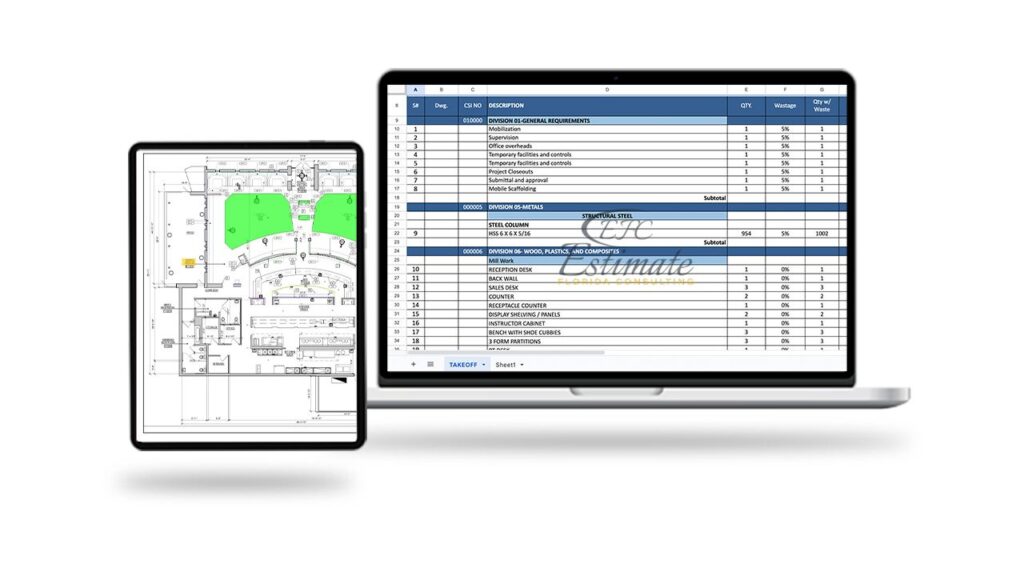
Metal roofing is a preferred choice in the hospitality sector for its longevity, energy efficiency, and visual appeal. However, maintenance is essential to address the natural wear and environmental impacts over time. This guide provides a fiscal outlook for hotel owners, outlining the potential costs for metal roof repairs, which can range significantly. Initial inspections may cost around $500, while minor repairs might run from $5.00 to $7.00 per square foot. For moderate to major repairs, such as panel replacement or structural fixes, costs can escalate to $15.00 to $20.00 per square foot.
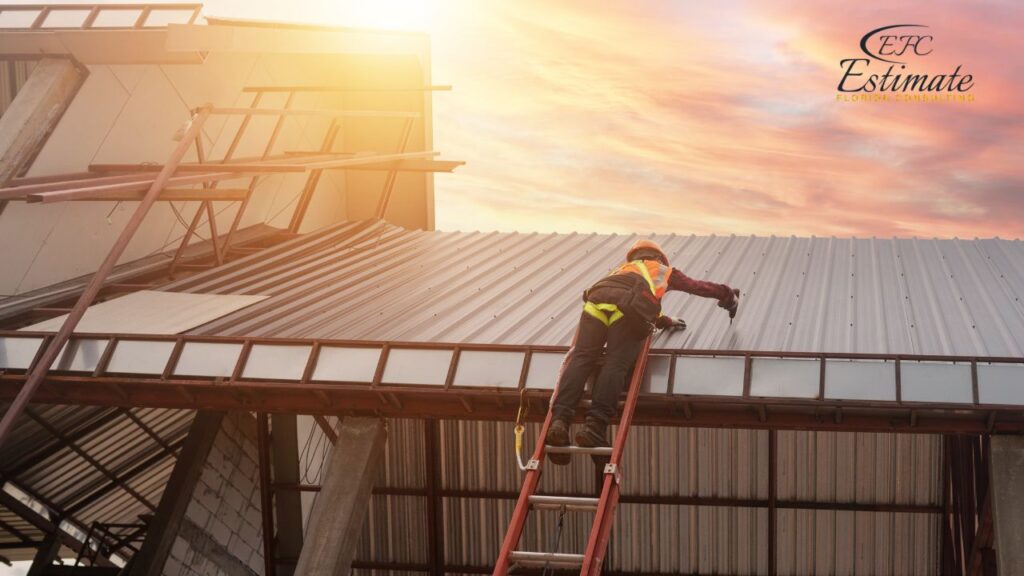
Considering the upper end of such expenses, the total cost for extensive metal roof repairs can sum up to substantial amounts, especially for larger projects. This resource is crafted to ensure hotel owners and facility managers are equipped with detailed financial information for strategic planning and timely roof maintenance, preserving the roof’s aesthetics and integrity.

Repair Component | Estimated Cost Range |
Initial Inspection and Assessment | $500 |
Minor Repairs (e.g., sealing leaks, fixing seams) | $5.00 – $7.00 per sq ft |
Moderate Repairs (e.g., replacing damaged panels) | $10.00 – $15.00 per sq ft |
Major Repairs (e.g., extensive panel replacement, structural repairs) | $15.00 – $20.00 per sq ft |
Painting or Coating | $3.00 – $5.00 per sq ft |
Flashing Repairs or Replacement | $10.00 – $15.00 per linear foot |
Gutter and Downspout Repairs | $6.00 – $10.00 per linear foot |
Labor Costs | $75 – $100 per hour |
Debris Removal and Disposal | $250 – $500 (total) |
Implementing energy-efficient practices in hotel operations involves adopting strategies that minimize energy consumption while maximizing resource utilization. One key aspect is the integration of energy-efficient technologies and practices within the hotel’s infrastructure. This includes the utilization of LED lighting, energy-efficient HVAC systems, and smart building automation systems. LED lighting, for instance, consumes significantly less energy than traditional bulbs, contributing to both cost savings and environmental sustainability.
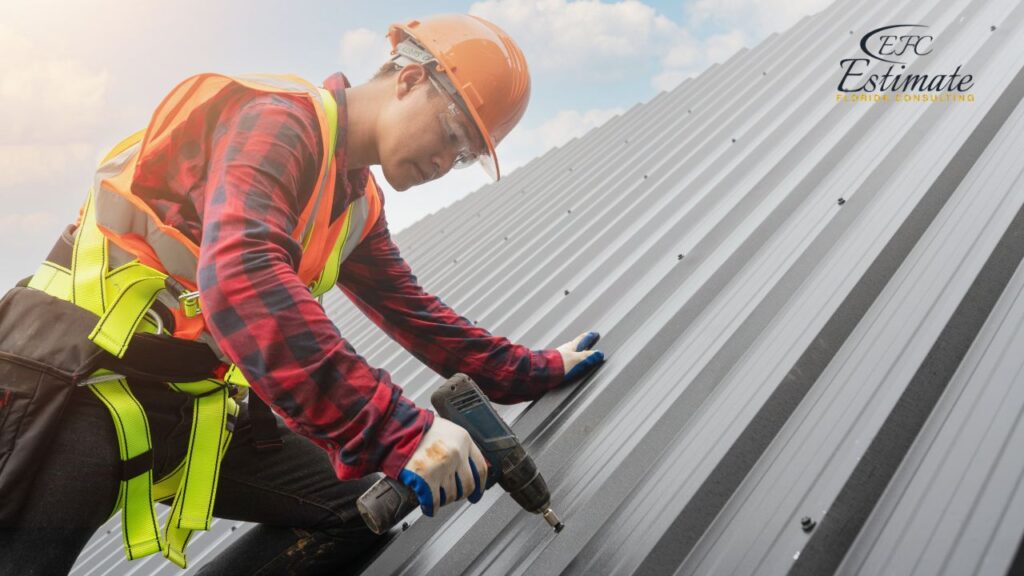
Energy-efficient HVAC systems optimize heating, ventilation, and air conditioning, reducing overall energy consumption. Additionally, smart building automation systems enable centralized control and monitoring, allowing hotels to adjust energy usage based on occupancy and specific operational needs. By incorporating these technologies, hotels can enhance energy efficiency, reduce operational costs, and demonstrate a commitment to sustainable practices.
Hotels can further bolster their commitment to sustainability by integrating renewable energy sources into their energy portfolio. The installation of solar panels or wind turbines on hotel premises can generate clean, renewable energy, offsetting traditional grid-supplied electricity. Solar panels, in particular, harness the power of sunlight to generate electricity, reducing the hotel’s reliance on non-renewable energy sources. The initial investment in renewable energy infrastructure may be significant, but the long-term benefits include reduced energy bills, lower carbon emissions, and a positive environmental impact. Hotels can also explore partnerships with renewable energy providers or participate in community-based renewable energy projects to support broader sustainability initiatives.
Implementing waste reduction and recycling initiatives is integral to a hotel’s commitment to sustainable practices. This involves establishing comprehensive waste management systems that prioritize recycling, composting, and minimizing overall waste generation. Hotels can encourage guests to participate in sustainable practices by providing clearly labeled recycling bins in guest rooms and public areas. Additionally, staff training programs can emphasize the proper separation of recyclables and organic waste. Collaborating with local recycling facilities and waste management services ensures that collected materials are appropriately processed. By actively engaging in waste reduction and recycling, hotels contribute to the circular economy, conserve natural resources, and reduce the environmental impact associated with waste disposal.
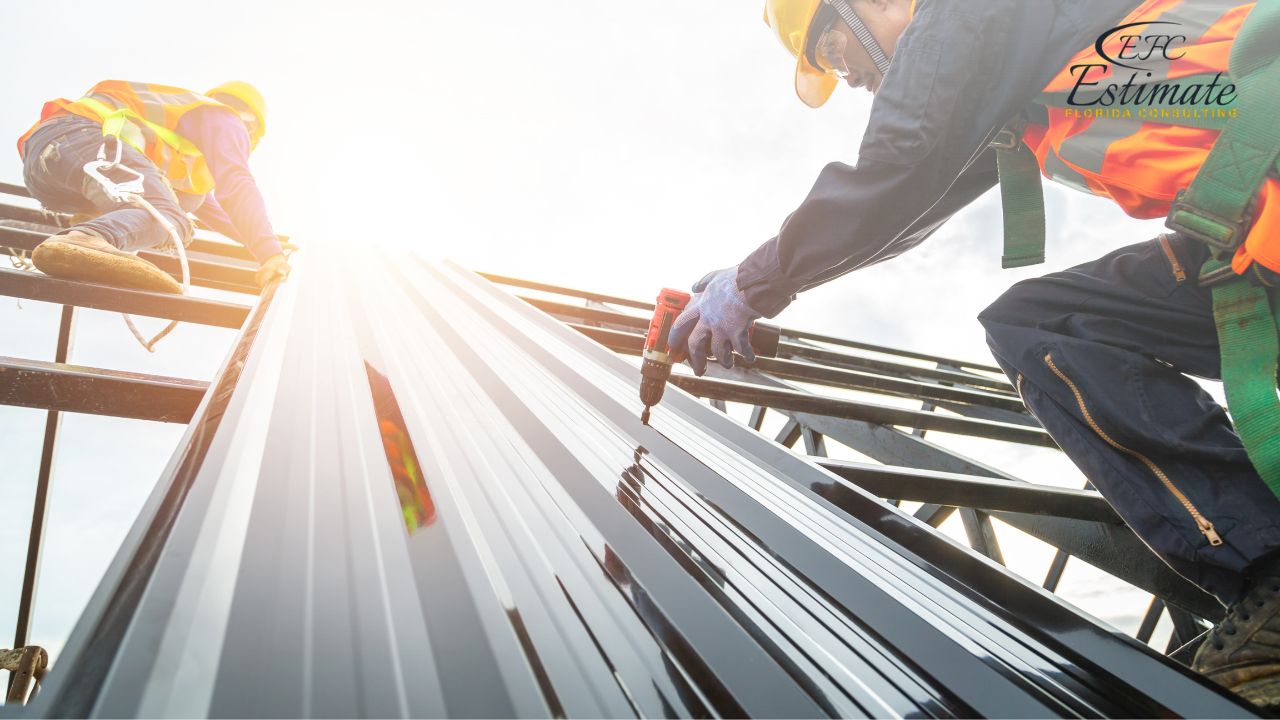
Fully Insured License Hire Sub-Contractor For Hotel Metal Roof Repair
Hire Contractor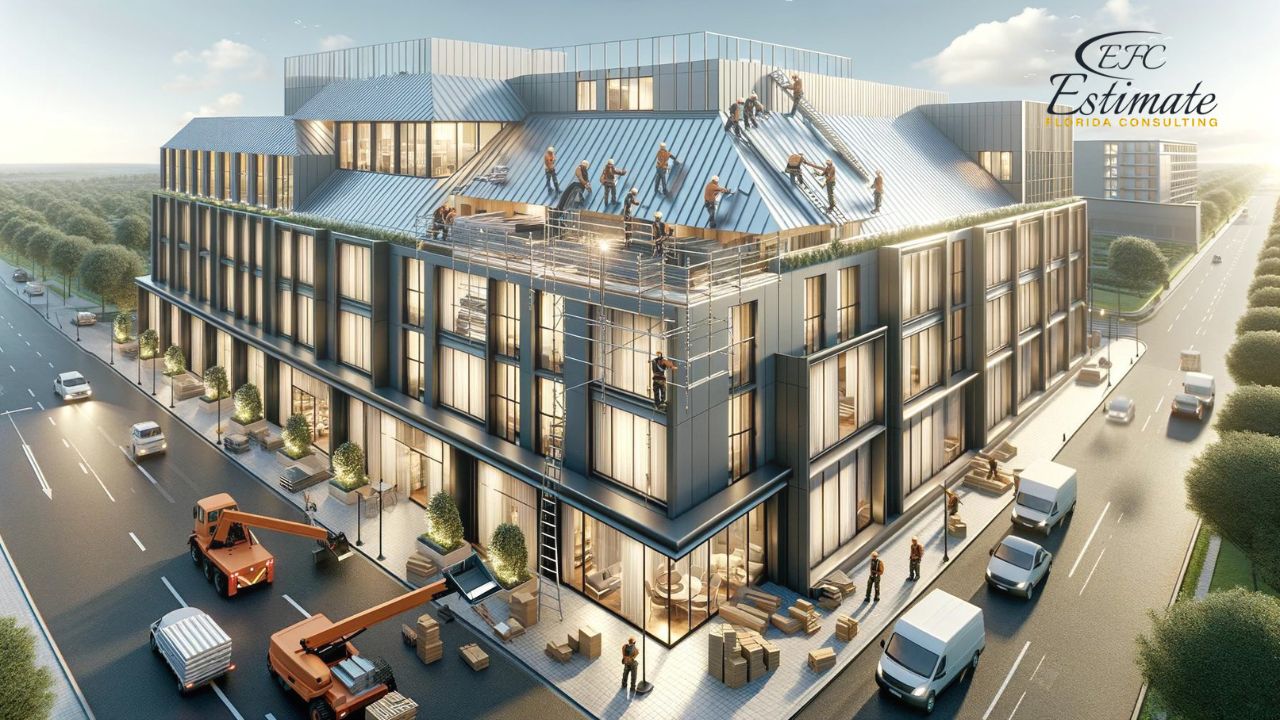
Make Informed Design Decisions Showcase Your Design Ideas
Get RenderingWater conservation is a critical component of sustainable hotel operations, considering the environmental and social implications of water usage. Implementing water-efficient practices involves the installation of low-flow plumbing fixtures, such as faucets, showerheads, and toilets, to minimize water consumption. Hotels can also adopt smart irrigation systems that adjust watering schedules based on weather conditions and soil moisture levels, optimizing outdoor water usage. Staff training programs play a key role in raising awareness about the importance of water conservation among employees and guests. Additionally, hotels can explore water reuse systems, treating and repurposing greywater for non-potable purposes like landscape irrigation. By actively pursuing water conservation measures, hotels contribute to environmental sustainability, reduce water bills, and demonstrate a commitment to responsible resource management.
Adopting sustainable sourcing practices involves making environmentally conscious choices in the procurement of goods and services. Hotels can prioritize suppliers that adhere to eco-friendly production methods, use recycled materials, or have recognized certifications for sustainable practices. This extends to areas such as guest amenities, linens, furniture, and cleaning supplies. By choosing locally sourced products, hotels reduce their carbon footprint associated with transportation. Implementing eco-friendly practices also includes minimizing single-use plastics, offering refillable toiletry dispensers, and promoting the use of reusable items. Engaging with suppliers who share a commitment to sustainability fosters a supply chain that aligns with the hotel’s environmental values. Through these efforts, hotels not only reduce their impact on the environment but also appeal to environmentally conscious guests who increasingly seek eco-friendly accommodation options.
Commencing the cost estimation process involves a meticulous inspection of the metal roof, a crucial step to gauge the extent of damages and assess the overall condition. Employing the services of a professional roofing contractor ensures a comprehensive examination, identifying areas of concern, potential weaknesses, and any signs of corrosion. This detailed assessment provides the foundation for an accurate cost estimation by understanding the specific scope of repairs needed. From identifying small leaks to evaluating the general wear and tear, this inspection is a fundamental component in crafting a precise and comprehensive cost estimate for the metal roof repair project.
Following the thorough inspection, the next crucial step is determining the most suitable repair methods. This involves assessing the nature of the damages identified during the inspection. For minor issues like patching small leaks, simple solutions may suffice. However, for more extensive damages such as the replacement of damaged panels or addressing corrosion issues, a more comprehensive and specialized approach is required. The chosen repair methods play a pivotal role in shaping the overall cost estimate, with more intricate repairs naturally involving higher material and labor costs.
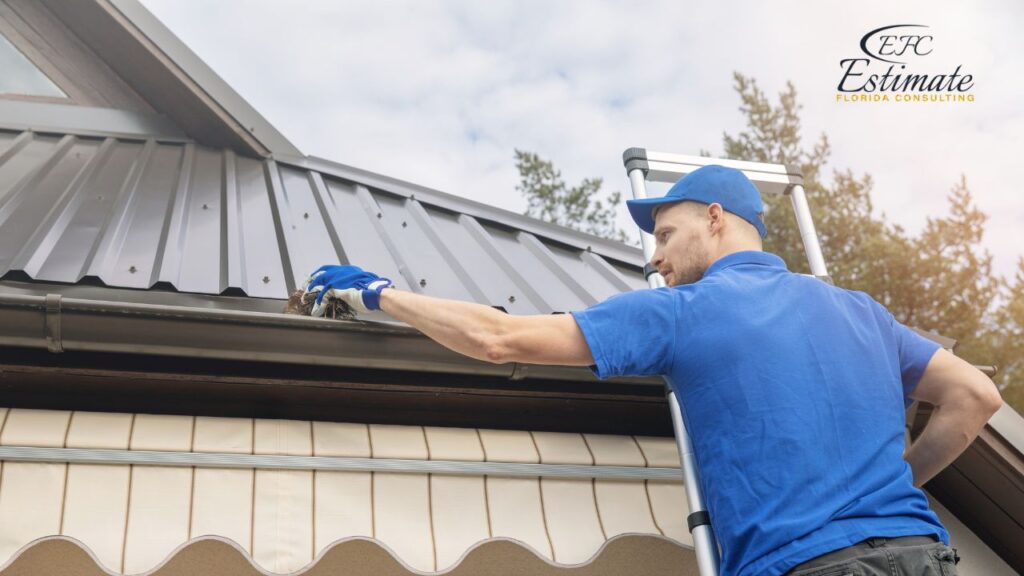
Selecting appropriate materials for the metal roof repair is a critical aspect of the cost estimation process. Choosing materials that match the existing metal type and finish ensures a seamless appearance and enhances the overall structural integrity. Obtaining detailed quotes for the selected materials enables an accurate budgeting process. The quality and compatibility of materials directly impact the effectiveness and longevity of the repairs. Collaborating with the roofing contractor during this phase ensures that the chosen materials align with the specific needs of the metal roof, contributing to a successful and lasting repair solution.
Assessing labor costs is a key component of the cost estimation process, influenced by various factors such as the complexity of repairs, accessibility to the damaged areas, and the expertise required for skilled workers to complete the job. Labor costs encompass the time, effort, and specialized skills employed during the repair process. Factors like the intricacy of addressing corrosion or navigating challenging roof configurations contribute to variations in labor costs. A comprehensive understanding of the labor requirements ensures a realistic and accurate assessment of this critical component of the overall cost estimate.
Ready to raise the roof on your bids? Take your construction projects to new heights by inquiring about our top-notch estimating services.
In any construction or repair project, it is prudent to factor in additional costs that may arise during the process. These could include equipment rental fees for specialized tools, expenses related to implementing safety measures, or unforeseen issues that may surface once repairs are underway. Accounting for these potential additional costs in the cost estimation process helps create a more resilient and comprehensive budget. It reflects a proactive approach to addressing unforeseen challenges, contributing to a smoother and more successful execution of the metal roof repair project.
The extent and severity of damage wield a considerable influence over the costs associated with metal roof repairs. Minor issues, such as isolated scratches or small leaks, generally incur lower expenses compared to more extensive damage that involves widespread structural issues or significant leaks. The scope of the damage directly correlates with the complexity of the repairs needed, impacting both material and labor costs. Therefore, a detailed assessment of the extent of damage is crucial in determining an accurate and tailored cost estimate, guiding the repair process toward a comprehensive and effective solution.
The material composition of the metal roof plays a pivotal role in shaping repair costs. Different metals, such as steel, aluminum, or copper, come with varying material costs. Repairing or replacing sections of a copper roof, for instance, might entail a higher expense compared to similar repairs on a steel roof. The distinctive characteristics and properties of each metal necessitate specific repair approaches, with associated costs reflecting the unique challenges posed by the material. Hence, understanding the type of metal roofing involved is essential for crafting a precise and economically sound cost estimate.

The chosen repair methods exert a notable influence on the overall cost of metal roof repairs. Whether the repairs entail patching, sealing, or replacing sections, each technique comes with its own set of costs. The complexity of repairs, especially when dealing with intricate architectural features or specialized sections of the roof, may demand the application of advanced and specialized skills, contributing to increased expenses. The selection of repair methods involves a delicate balance between efficacy and cost-effectiveness, ensuring that the chosen approach aligns with the unique demands of the metal roof while delivering optimal results.
The accessibility of the damaged areas significantly affects labor costs during metal roof repairs. Sections that are challenging to reach may necessitate the use of special equipment or additional safety measures, both of which contribute to increased labor expenses. Accessibility considerations encompass the height, angle, and overall configuration of the roof, influencing the efficiency of repair processes. Understanding and addressing accessibility challenges are crucial for creating a realistic and accurate cost estimate, allowing for the deployment of resources to ensure effective and safe repairs.
The age and condition of the metal roof are pivotal factors influencing repair costs. Older roofs or those in poor condition may require more extensive repairs, often involving addressing underlying issues such as rust or corrosion. The overall structural integrity and health of the roof dictate the level of intervention needed, impacting both material and labor costs. Comprehensive repairs that tackle age-related or pre-existing conditions contribute to the longevity and performance of the metal roof, mitigating the risk of recurring issues and subsequent repair expenses.
Geographic location introduces regional variations that influence metal roof repair costs. Variances in material prices and labor costs across different areas contribute to fluctuations in overall repair expenses. Additionally, the local climate and weather conditions play a role in determining the urgency and complexity of repairs. Regions with harsher weather patterns or extreme climates may require more immediate and robust repair solutions, impacting both the timeline and costs associated with the repair process. A nuanced understanding of the geographic context is vital for creating an accurate and regionally relevant cost estimate, ensuring that the repair approach aligns with the unique challenges presented by the location.
Estimating the cost of metal roof repairs for hotels involves a thorough assessment of the extent of damage, the type of metal roofing, repair methods, accessibility, roof age, and geographic location. Following a systematic approach during the estimation process and collaborating with experienced roofing professionals contribute to the success of the project. Regular maintenance and timely repairs not only protect the hotel’s investment but also ensure the longevity and performance of the metal roofing system.
The financial outlay for metal roof repairs hinges on a variety of factors, including the severity and nature of the roof damage, the specific metal used (steel, aluminum, copper), the chosen repair techniques, roof accessibility, the age of the roof, and the hotel’s location. Each of these aspects plays a significant role in forming the total cost of the repair work needed.
Hotel operators are advised to undertake systematic roof evaluations to spot potential problems, such as water intrusion, visible rusting, or mechanical damage. Early detection through professional assessments is key to identifying repair needs, which can prevent minor issues from developing into extensive, costly repairs.
Choosing the right repair approach is vital for cost management and ensuring the roof’s durability. Opting for quick fixes for minor damages might be cost-efficient, but for extensive damage, more comprehensive repair or replacement may be necessary. The effectiveness and sustainability of the repair strategy directly influence the roof’s future performance and maintenance costs.
The cost of repairs can vary significantly based on the type of metal roofing material. Premium materials like copper are more costly to repair or replace compared to more common options like steel or aluminum. The material choice affects not only the initial repair cost but also the long-term maintenance and potential replacement expenses.
To ensure the sustainability of metal roofs, hotel owners should prioritize the use of high-quality, durable materials and undertake regular maintenance. Early and effective repairs, coupled with strategies such as reflective coatings to enhance energy efficiency, can extend the roof’s lifespan and contribute to the building’s overall sustainability efforts.
Engaging in regular maintenance routines, including professional inspections and timely remediation of minor issues, can significantly reduce the likelihood of major repairs. Protective measures, like sealants and rust inhibitors, alongside ensuring effective drainage, play a crucial role in preserving the roof’s condition over time, thereby safeguarding the investment in the hotel’s roofing system.
Here I am going to share some steps to get your metal roof repair cost in hotele estimate report.
You can send us your plan on info@estimatorflorida.com
Before starting your project, we send you a quote for your service. That quote will have detailed information about your project. Here you will get information about the size, difficulty, complexity and bid date when determining pricing.
Our team will takeoff and estimate your project. When we deliver you’ll receive a PDF and an Excel file of your estimate. We can also offer construction lead generation services for the jobs you’d like to pursue further.

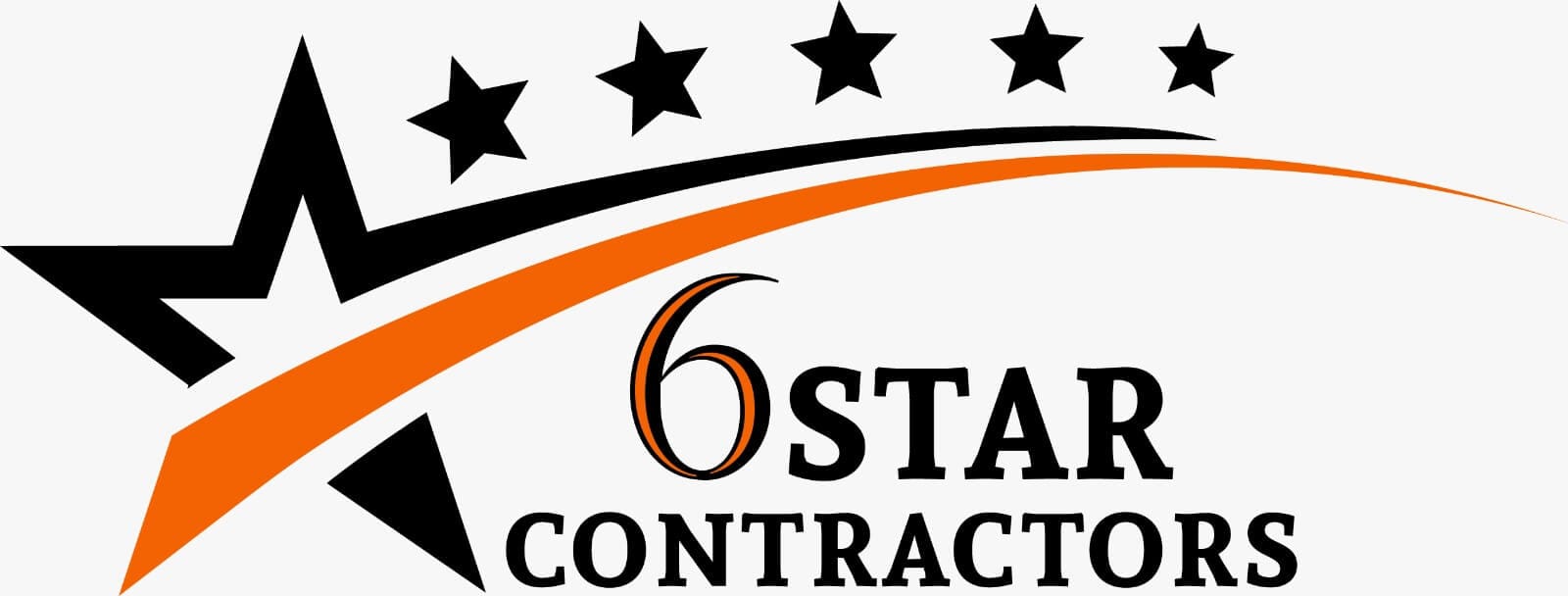

561-530-2845
info@estimatorflorida.com
Address
5245 Wiles Rd Apt 3-102 St. Pete Beach, FL 33073 United States
561-530-2845
info@estimatorflorida.com
Address
5245 Wiles Rd Apt 3-102 St. Pete Beach, FL 33073 United States
All copyright © Reserved | Designed By V Marketing Media | Disclaimer